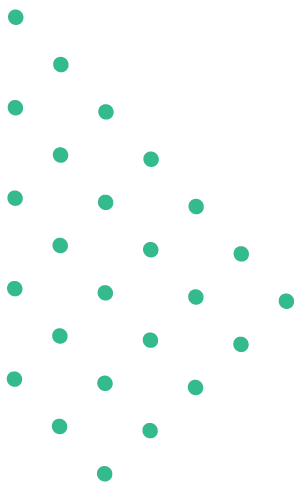What qualities does the poet pray his daughter will possess besides beauty? In “A Prayer for My Daughter” (1921), W.B. Yeats (1865–1939)...Continue
Make a note on the use of imagery in the poem “Elegy Written in a Country Churchyard”.
Thomas Gray’s (1716-71) poem “Elegy Written in a Country Churchyard” (1751), uses vivid imagery. It creates pictures in the reader’s mind. The imagery makes the poem beautiful and thoughtful. It brings the village and its people to life.
- Evening Scene: The poem begins with evening imagery. Words like “curfew tolls,” “lowing herd,” and “plowman” show the peaceful end of the day. These lines create a calm and quiet mood.
- Natural Landscape: The poem describes nature using clear images. Words like “glimm’ring landscape,” “solemn stillness,” and “drowsy tinklings” paint a soft, fading scene.
- Sounds in the Air: Gray uses sound imagery to make the setting vivid. The “beetle’s droning flight” and the “owl’s complaint” bring life to the quiet countryside.
- Graveyard Description: The imagery of the graveyard is very strong. Words like “rugged elms,” “yew-tree’s shade,” and “mould’ring heap” show an old, silent burial ground.
- The Dead Villagers: Gray uses images to describe the lives of the villagers. “Narrow cell” refers to their graves. It shows their simple and peaceful rest.
Gray’s use of imagery is powerful. It helps readers feel the beauty and sadness of the scene. It also makes the theme of life and death more real.



